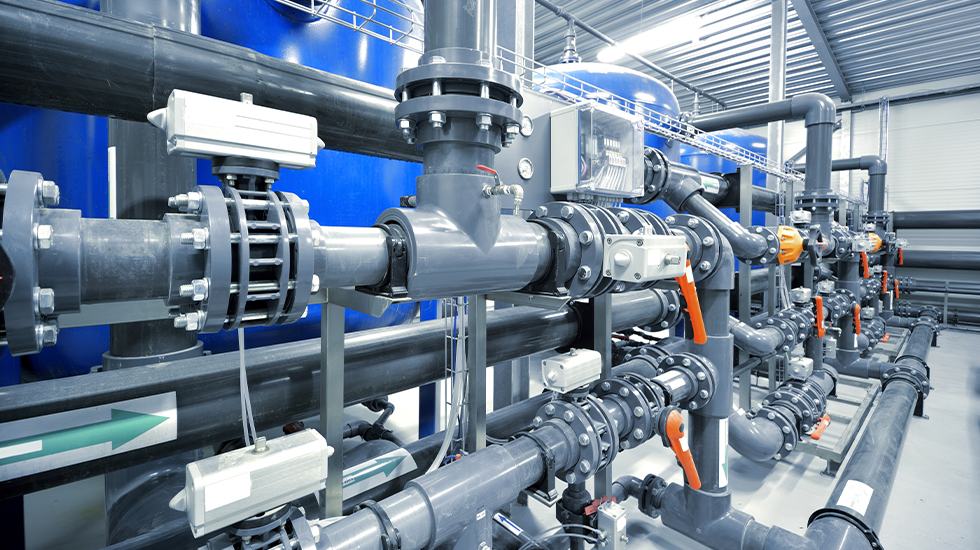At LESSO America, we know that every plumbing project demands the right components for the job. When working with PVC pipe and fittings, it's important to recognize that not all products are built for the same purpose. One key distinction lies in their application: drainage versus pressure systems. Although both use PVC materials, their design, standards, and performance characteristics vary significantly.
This article explores the primary differences between PVC pipe and fittings used in drainage systems and those designed for pressure-based applications like water supply lines.

Pressure systems are used to transport water and other fluids under force. These systems require PVC pipe and fittings that are rated to handle internal pressure without bursting or leaking. Common applications include municipal water distribution, irrigation, and residential plumbing where water is pushed through the system by pumps or gravity-fed pressure.
At LESSO America, we offer pressure-rated PVC products that meet strict industry standards such as ASTM D1785 and NSF certifications. These pipes and fittings have thicker walls, tighter tolerances, and are manufactured to withstand higher PSI ratings. They're designed for reliability in systems where pressure fluctuation is expected.
Unlike pressure systems, drainage relies on gravity to move wastewater and other fluids through a network of pipes. Drainage PVC pipe and fittings don’t need to withstand high pressure, but they must be able to handle the volume and flow characteristics of drainage systems.
Drainage pipes are generally made to meet ASTM D2729 or ASTM D3034 standards, with thinner walls than pressure-rated pipes. They’re typically used in residential and commercial plumbing to manage sewer, stormwater, or graywater runoff. LESSO America provides a range of fittings like wyes, tees, and long-sweep elbows specifically designed to keep flow smooth and prevent clogs or blockages.
The physical appearance of pressure and drainage PVC pipe and fittings may be similar at first glance, but important differences are built into their structure:
Wall thickness: Pressure-rated PVC has thicker walls to handle internal force. Drainage PVC uses a thinner profile to accommodate gravity flow and reduce material cost.
Joining methods: Pressure systems often use solvent-welded joints for secure, watertight seals. Drainage systems may use gasketed or solvent connections depending on local codes.
Fitting geometry: Drainage fittings are designed with smooth curves to support uninterrupted flow, while pressure fittings are more compact and designed for strength.
When planning a plumbing or infrastructure project, using the correct type of PVC pipe and fittings is essential for performance and code compliance. Misapplying pressure-rated PVC in a drainage system may result in unnecessary costs, while using drainage-rated products in a pressurized system can lead to system failure.
At LESSO America, we’re committed to helping you select the appropriate products. Our PVC solutions come clearly labeled and categorized to support a variety of construction and plumbing needs.
Recognizing the differences between drainage and pressure system requirements is crucial when working with PVC pipe and fittings. With the right products, your system will perform efficiently and meet regulatory expectations.
We're here to support your projects with dependable PVC solutions, whether you're managing stormwater or distributing potable water. At LESSO America, we provide the clarity and quality you need to build with confidence.
TOP